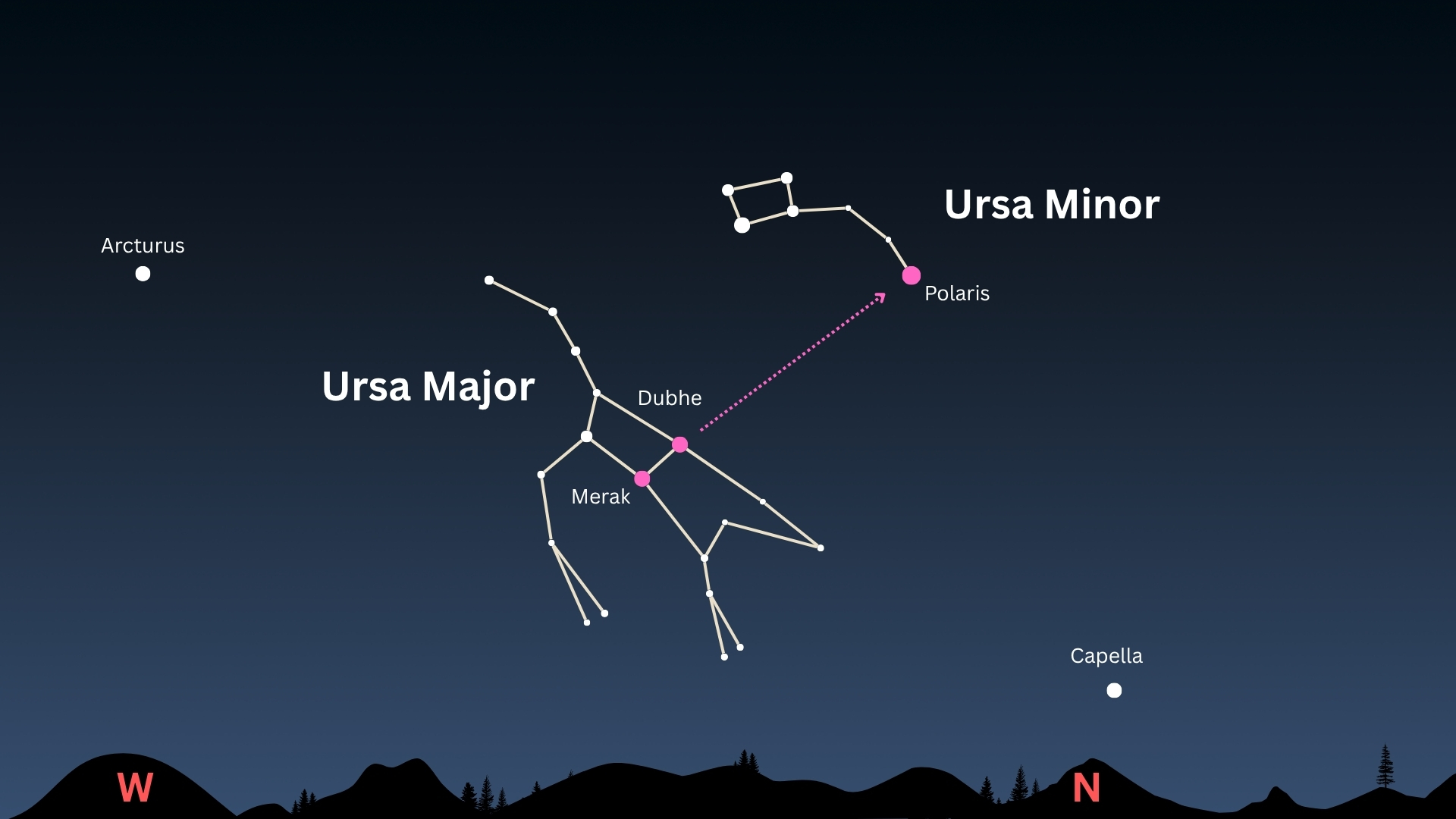'Moon Knight's' Khonshu and 9 more lunar gods and goddesses from around the world
With Disney Plus's superhero series shining a light on the vengeful Egyptian moon god, let's meet more illuminating lunar deities from other cultures.
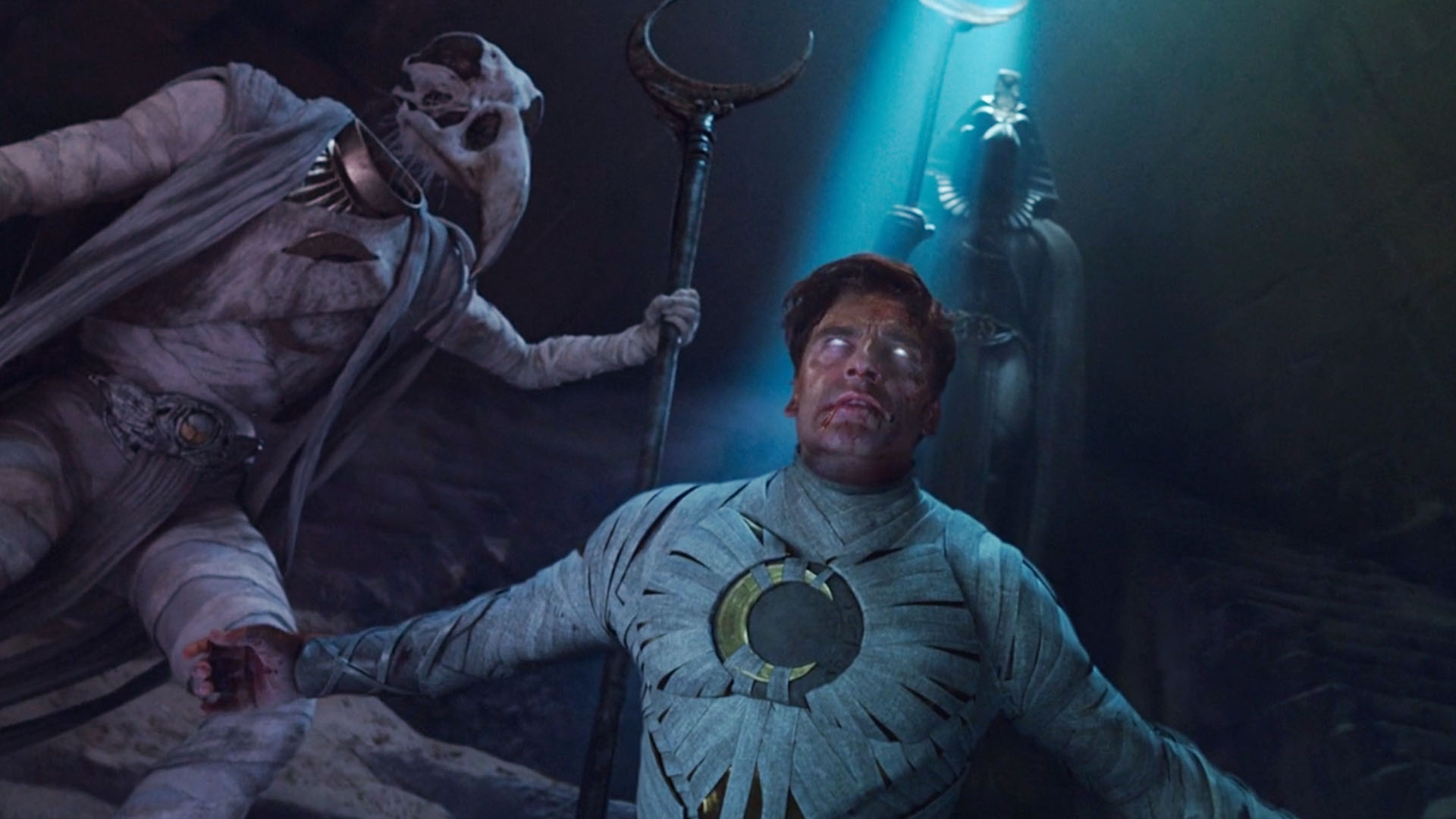
Marvel Studios' Egyptian-themed superhero show starring Oscar Isaac and Ethan Hawke, "Moon Knight," just wrapped up its first season on Disney+ this past week and we’re still scratching our collective heads about whether it was all just a dream or a waking nightmare.
Created by Marvel writer Doug Moench and artist Don Perlin, Moon Knight first appeared in the pages of "Werewolf by Night #32" in 1975. His origin story revealed that Jewish Marine and ex-CIA mercenary Marc Spector was left for dead after a mission in Sudan ended in a massacre. Spector is resurrected by mystic powers derived from the statue of Khonshu, the Egyptian moon god.
Reborn as the mummy-wrapped Moon Knight, the "Fist of Khonshu" delivers justice to evil doers and struggles with dissociative identity disorder as he comes to terms with his deadly avatar duties.
But Khonshu isn't the only moon god in the luminous pantheon of lunar-centric deities. Humanity's fascination with the moon has spawned moon gods and goddesses from Japanese, Hawaiian, Chinese, Aztec, Greek, Indian, Roman, Inuit, and Nordic civilizations spread across the annals of time.
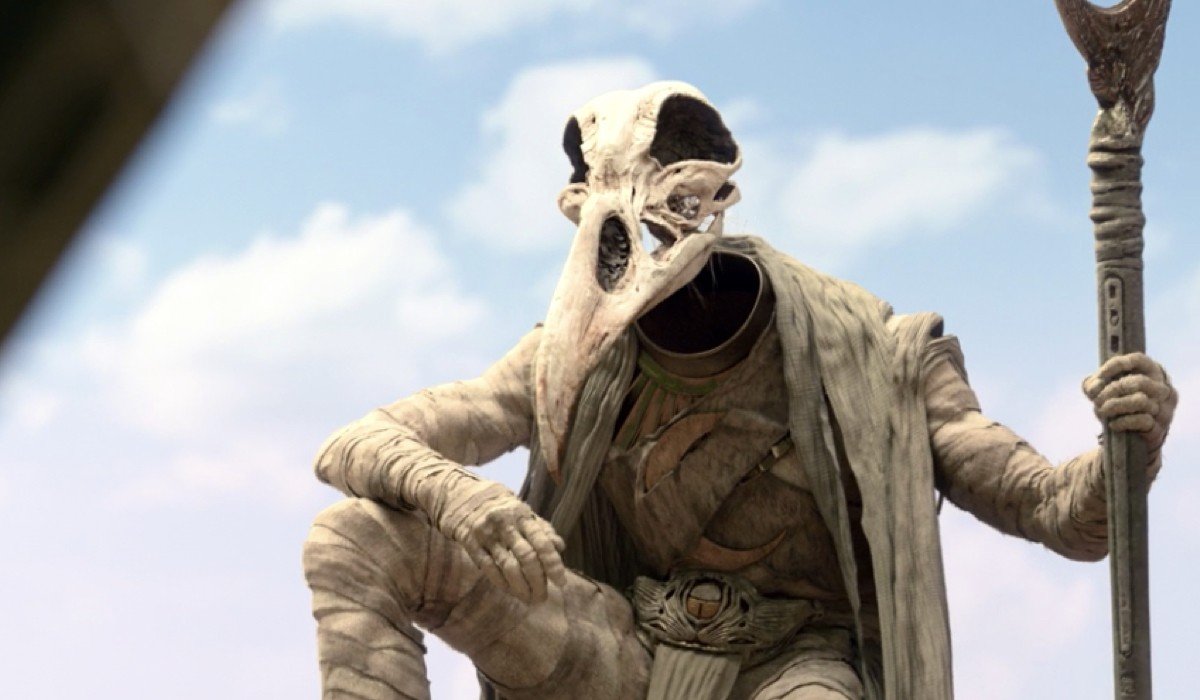
Let's explore nine more moon-themed pagan idols representing our pale shining satellite to learn how they measure up...
Hina - Hawaiian
According to ancient Hawaiian legends, Hina is well known as the graceful and alluring goddess of the moon. She is a symbol of feminine power and strength and is often aligned with the colors white and silver. Hina was renowned for crafting the softest Kapa cloth in all of Hawai'i. So much in demand was this premium cloth that Hina eventually became exhausted and left the islands to soar into the heavens and lit upon a rainbow. Deeming the sun to be too hot for her liking, she hopped to another rainbow and traveled to the moon, where she felt instantly at home with its cold beauty and remained there forever.
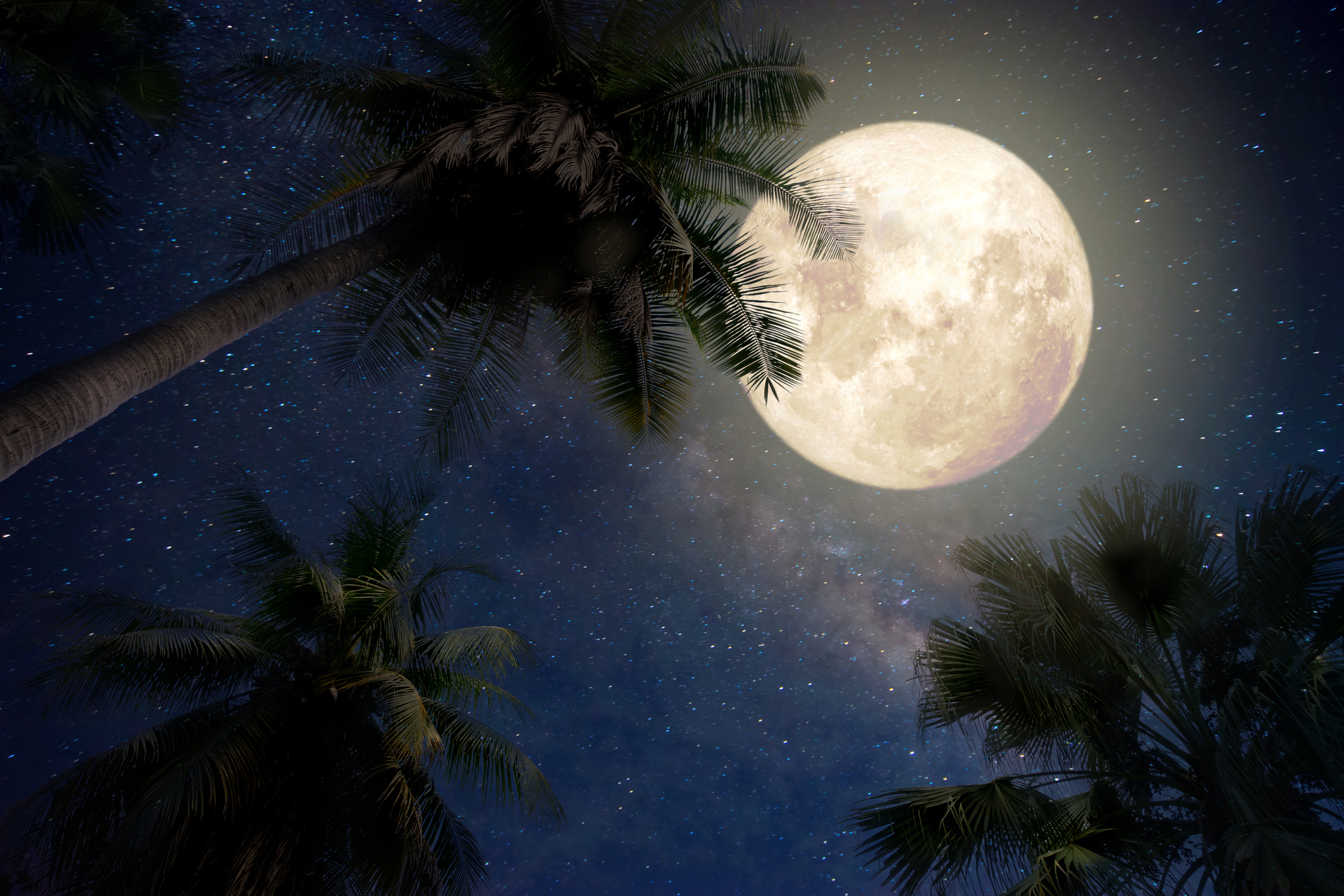
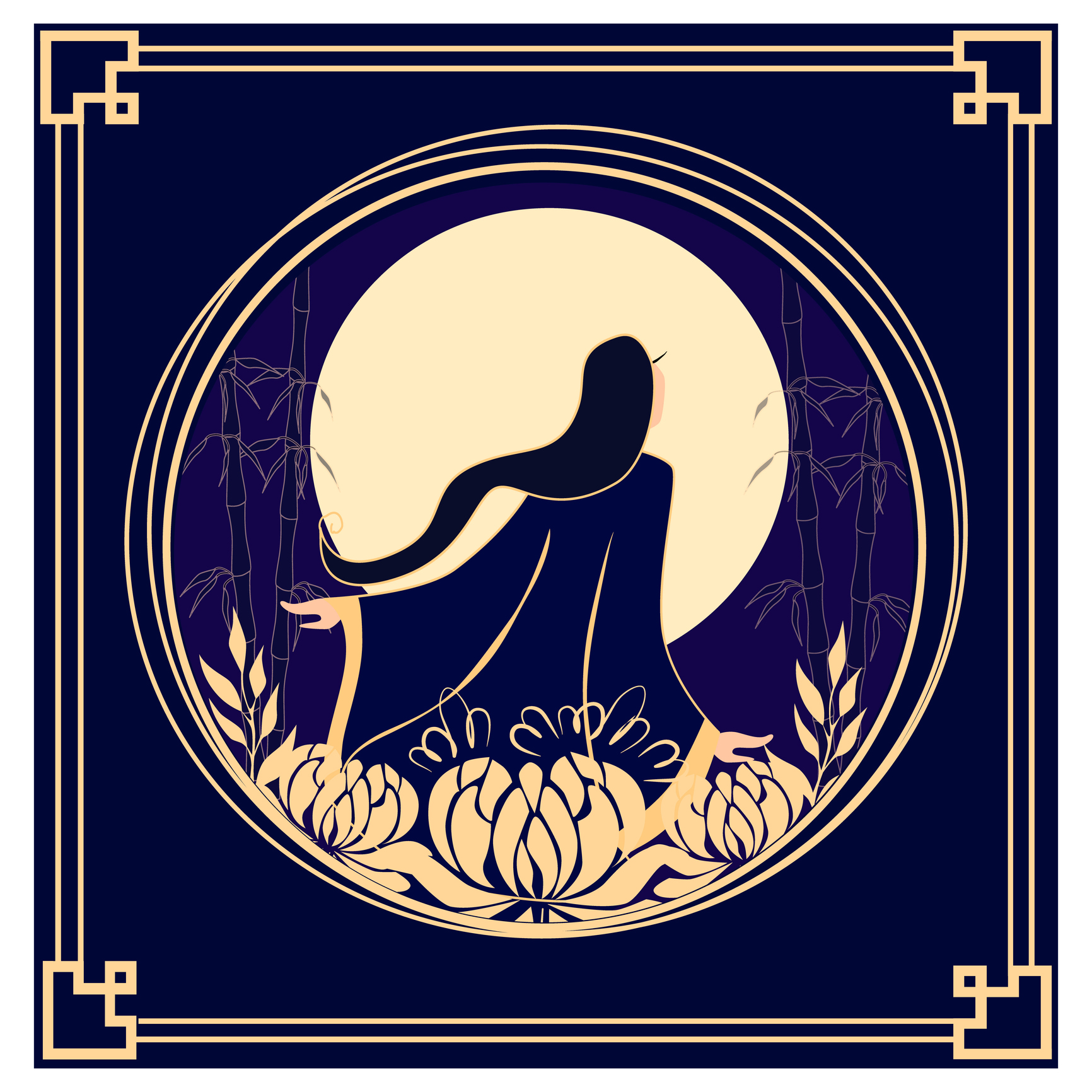
Chang'e - Chinese
Chang'e is the Chinese goddess of the moon whose name is translated into "pretty young woman" and who once lived in the Moon Palace. Her origin story finds that she drank an elixir of immortality given to her husband, the legendary archer Houyi. Prior to her transformation into the moon goddess, Chang'e was said to be a prized beauty imbued with pale skin, ebony hair, and red lips like cherry blossoms. The moon is of particular importance to Chinese culture and images of it are found in all their festivals, rituals, and ceremonies. When China launched its first lunar probe back in 2007, they named the robotic spacecraft Chang'e 1 to honor her.
Artemis - Greek
Represented as a young hunter with a bow and quiver full of arrows, Artemis is the daughter of Zeus and twin sister of Apollo. As a guardian to wild animals, the hunt, and the moon, she would reside in places of nature to fortify herself with its energy and strength. This lunar goddess attracted followers called Amazons, a name that means "moon women," that pray to and are devoted to the deity and worship the new phase of the moon. NASA appropriately chose the name Artemis for their moon-bound program due to return humans to the lunar surface by 2025.
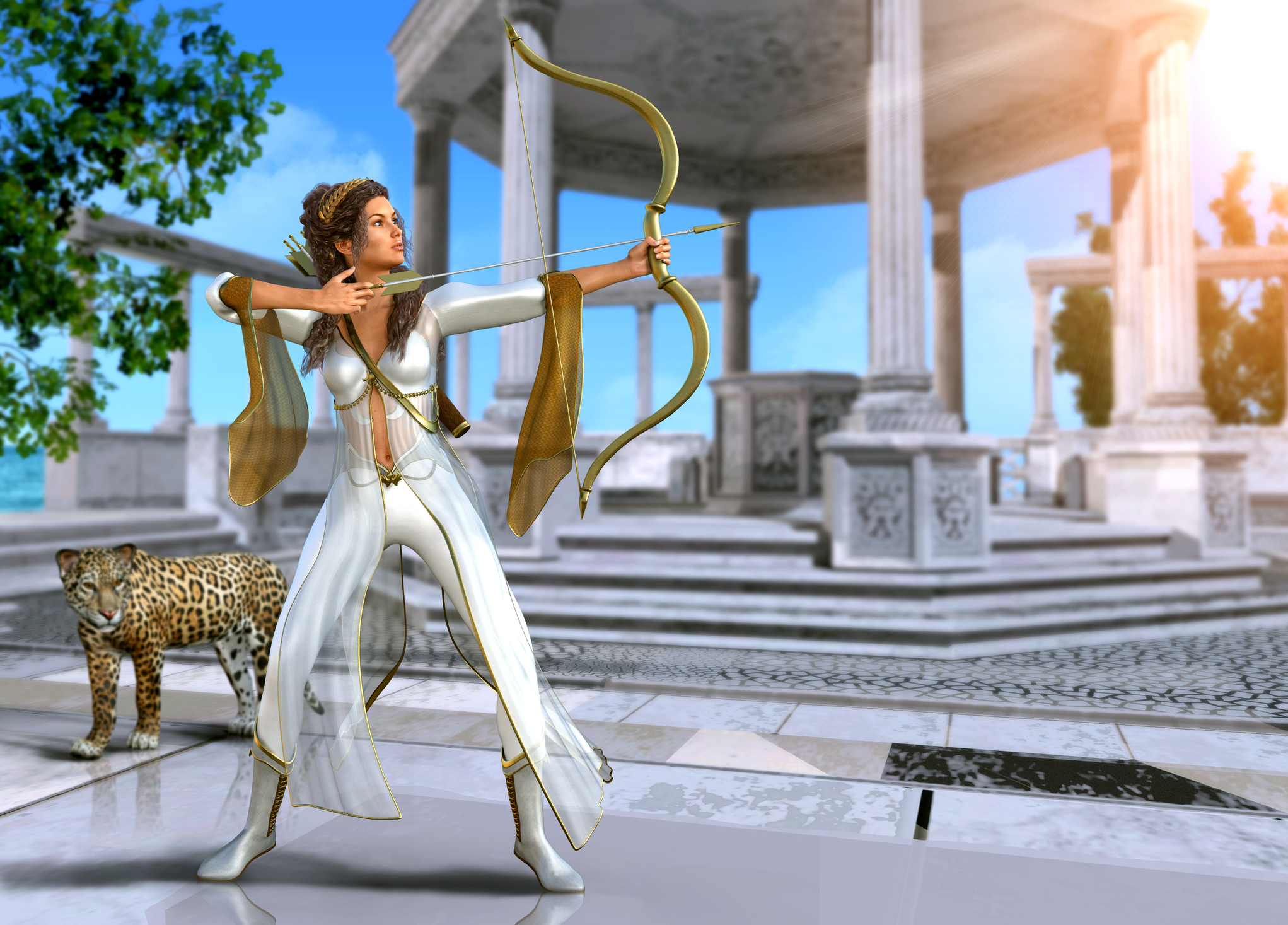
Tsukuyomi - Japanese
Tsukuyomi is the major moon god found in Japanese mythology and the Shinto religion. He's a deity of order and beauty and was the estranged husband of the sun goddess Amaterasu, whom he continually follows across the sky every day. His name comes from the term "moon-reading," which was an activity in the royal courts of ancient Japan where nobles would stay up all night moon-gazing and reading poems. As a god of serene beauty, Tsukuyomi is often viewed as a negative figure in Shinto and Japanese folklore that holds a unique place among lunar deities as most are associated with the female form.
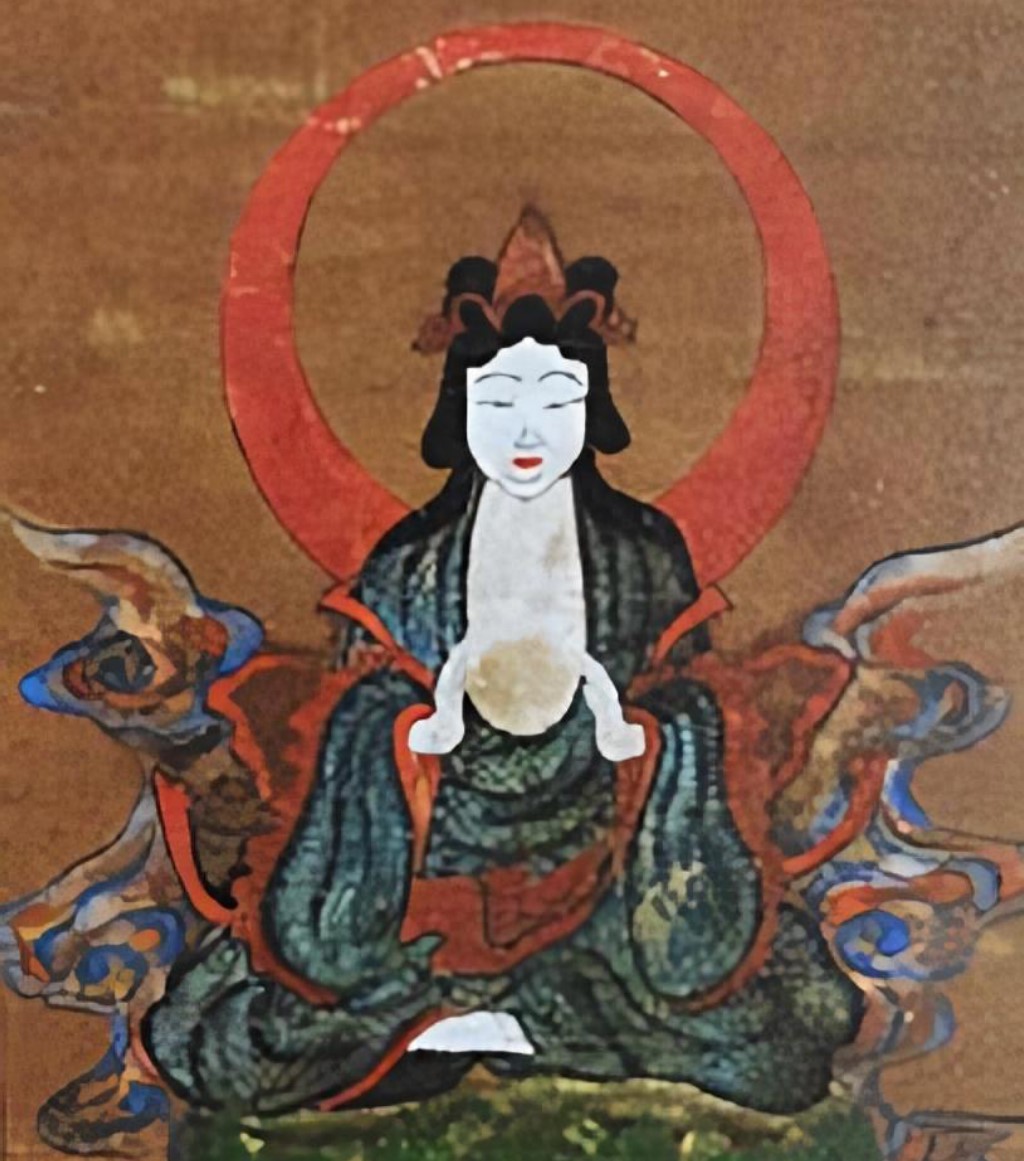
Diana - Roman
Diana is the Roman equivalent of the Greek moon goddess, Artemis. Roman artists often depict Diana as a huntress with bow and quiver, accompanied by a hound or deer. Representing wild animals and the hunt, her name is derived from the Latin words for "sky" and "shining." Diana was also seen as a fertility deity used by women to help with conception and healthy delivery. The phases of the moon are reflections of Diana’s mercurial nature at the heart of her identity.
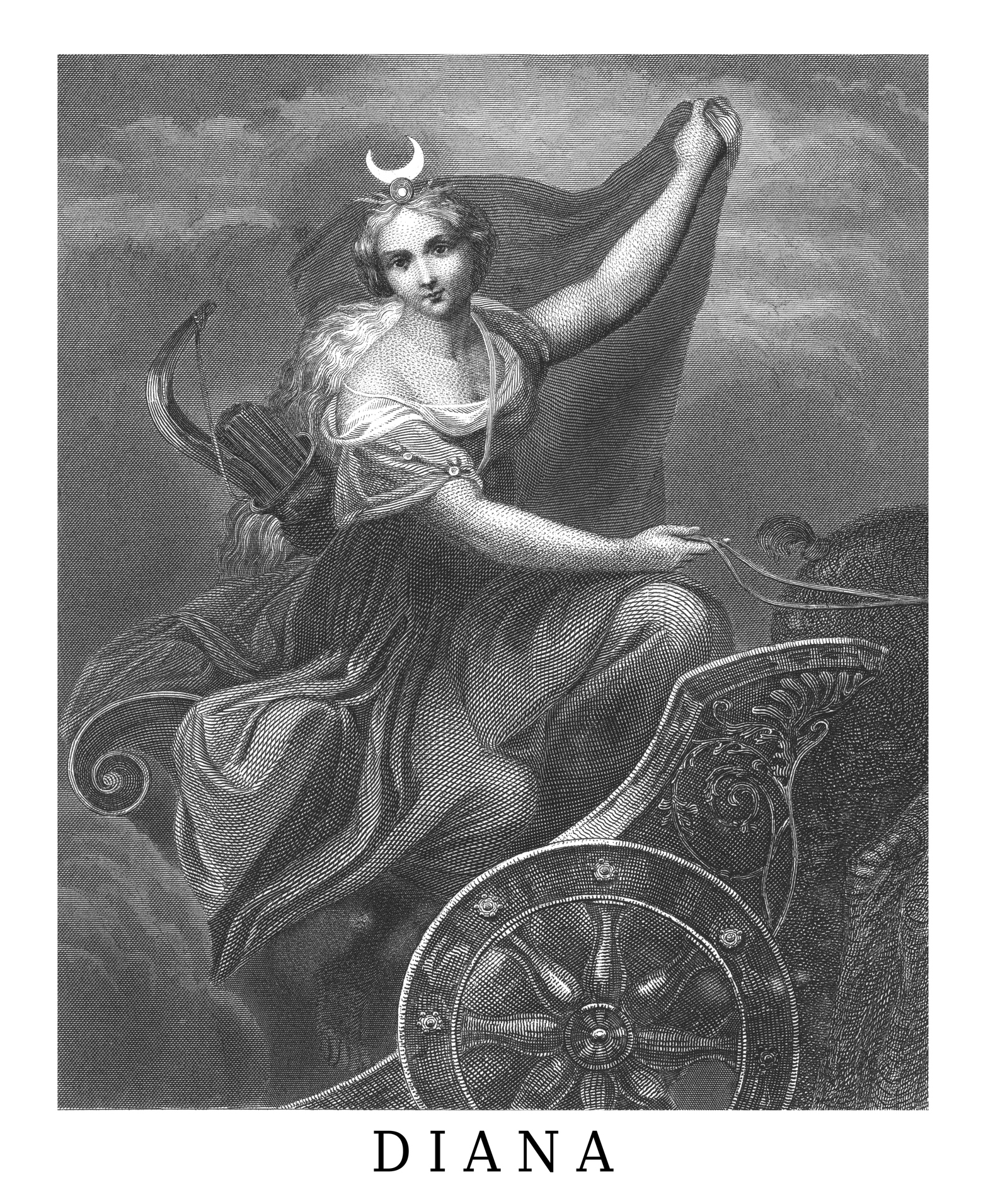
Coyolxauhqui - Aztec
In Aztec mythology, Coyolxauhqui was the sacred moon goddess whose name means "Golden Bells" or "Painted With Bells." As the daughter of the Earth goddess, Coatlicue, and the sister of the Sun god, Huitzilopochtli, Coyolxauhqui tricked her four hundred sisters and brothers to murder their shamed pregnant mother. To form the moon's sphere and avert the plot to kill his mother, the violent warrior Huitzilopochtli chopped off Coyolxauhqui's head and tossed it into the sky. This decapitation myth symbolizes the daily victory of the sun over the moon and stars.
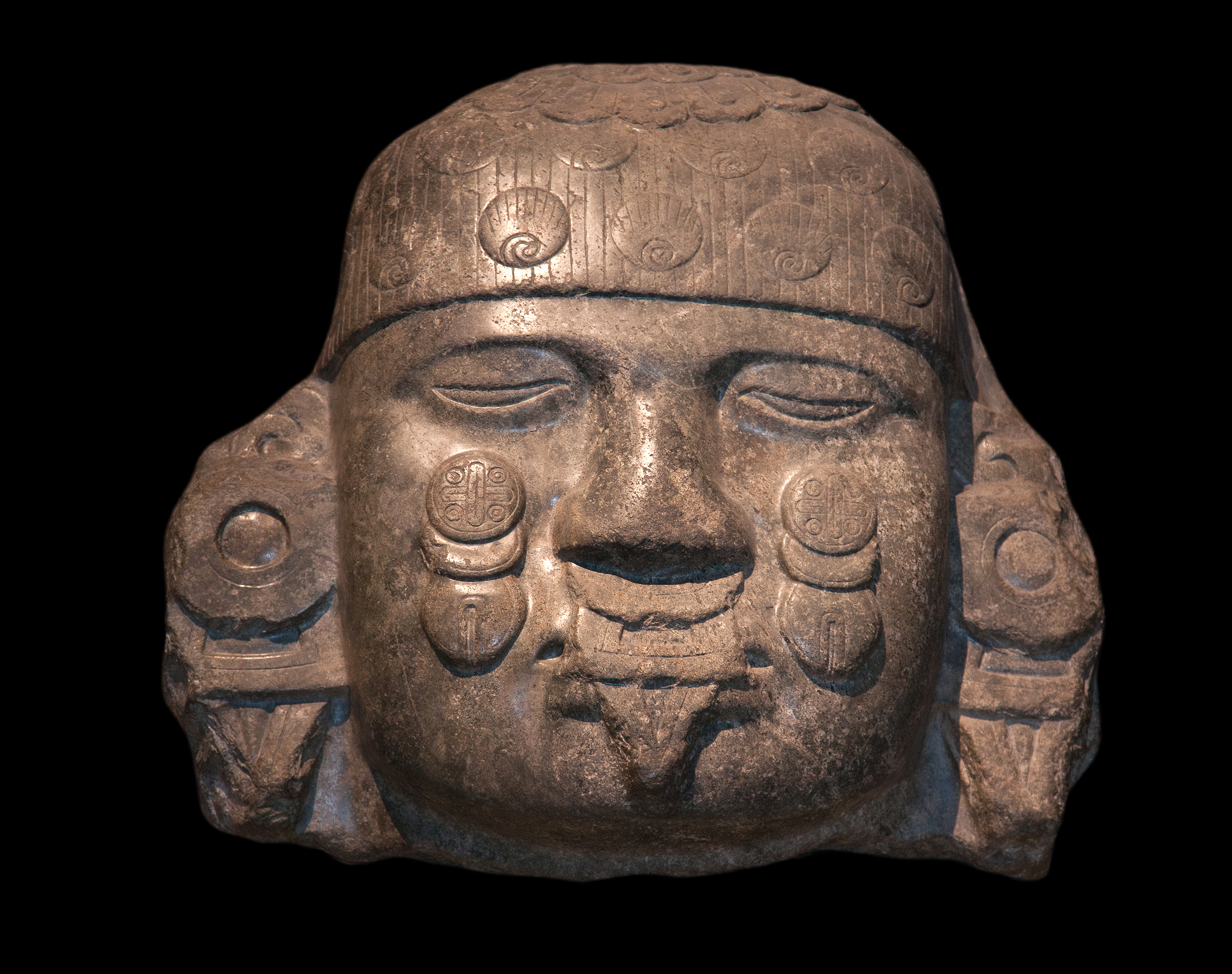
Chandra - Indian
Chandra is the Hindu moon god and his name is interpreted as "shining or moon." He's also known as Soma and is linked to the night, plants, and vegetation. Artists have depicted him as a two-armed, handsome human holding a club and a lotus. He drives his moon chariot across the sky nightly, pulled by a team of ten white horses or a single magnificent antelope. Besides being seen with horses and antelope, the rabbit is also a sacred animal to Chandra, also leading to his being the protector of all rabbits. Another of his duties is as a member of the gods of fertility.
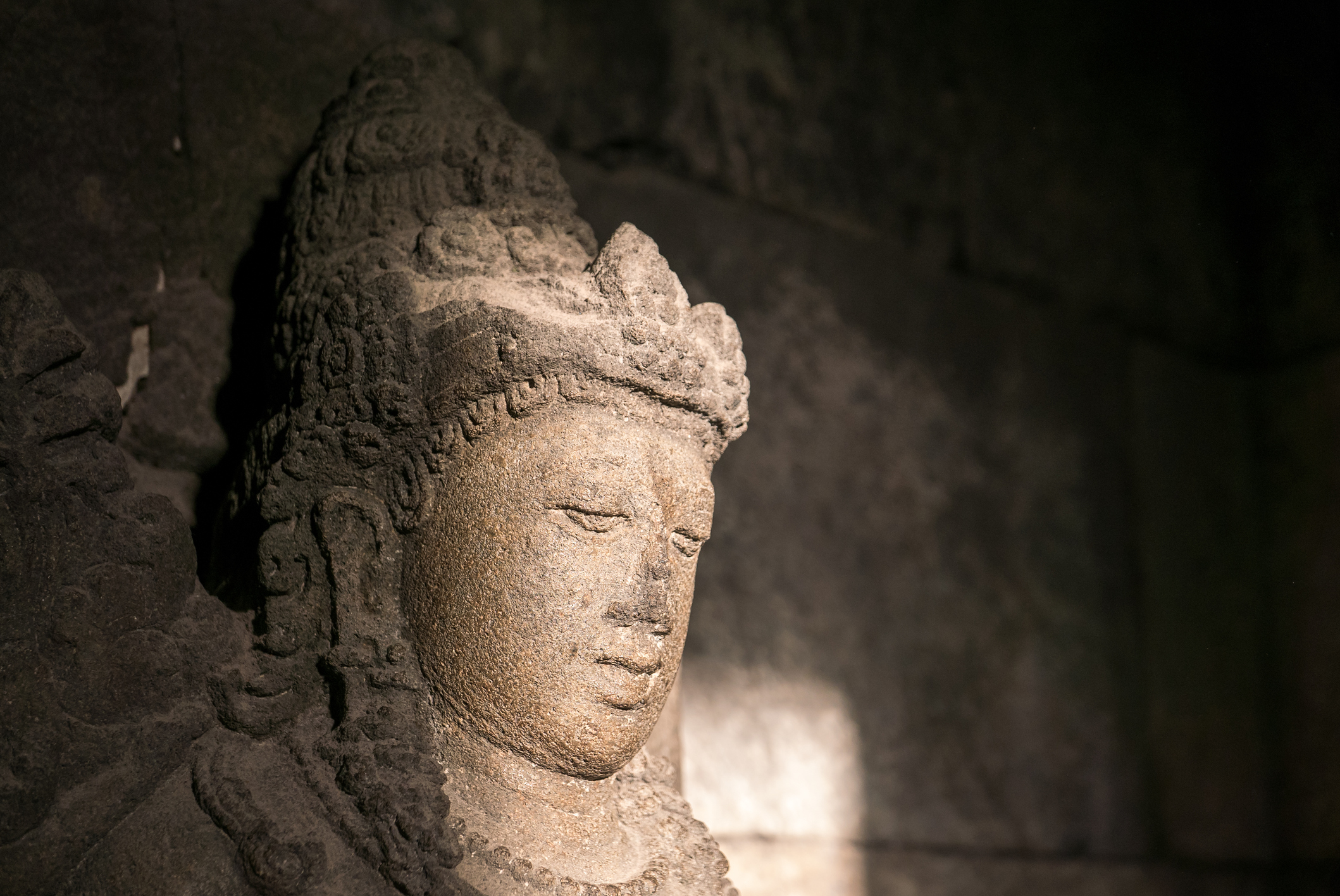
Mani - Norse
Norse mythology tells tales of Sol and Mani, sibling deities of the Sun and Moon who drove the heavenly bodies across their heavenly paths. This sister and brother pair were quite beautiful and each drove their individual horse-drawn chariots representing the divided parts of the day. Mani is another male moon god and his Nordic tale originated as part of the pre-Christian Germanic religion. One certain yarn has Mani being pursued along the night sky by an angry wolf, with close encounters with the beast being what causes a lunar eclipse.
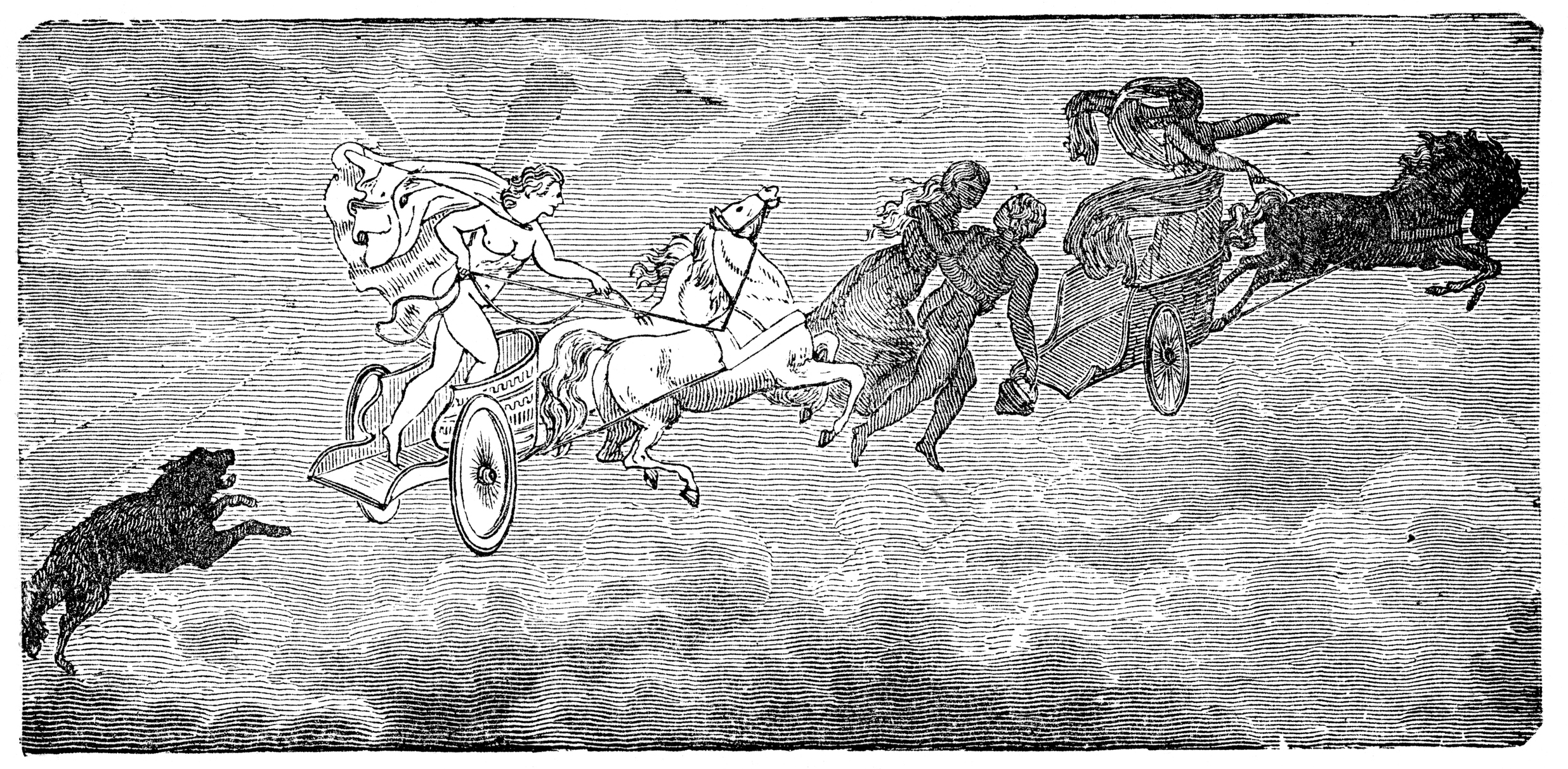
Aningen - Inuit
Among the Inuit tribes of Greenland, Anningan is considered their main moon god. From his great igloo in the sky, Aningen makes his appearance every night to chase his sister Malina, the sun goddess, across the darkened sky. To explain the waxing and waning phases of the moon, his obsession with catching his sister would often lead to absentmindedness when it came to eating regular meals. Aningen is also known as Igaluk in other Inuit regions in Alaska and the Arctic.
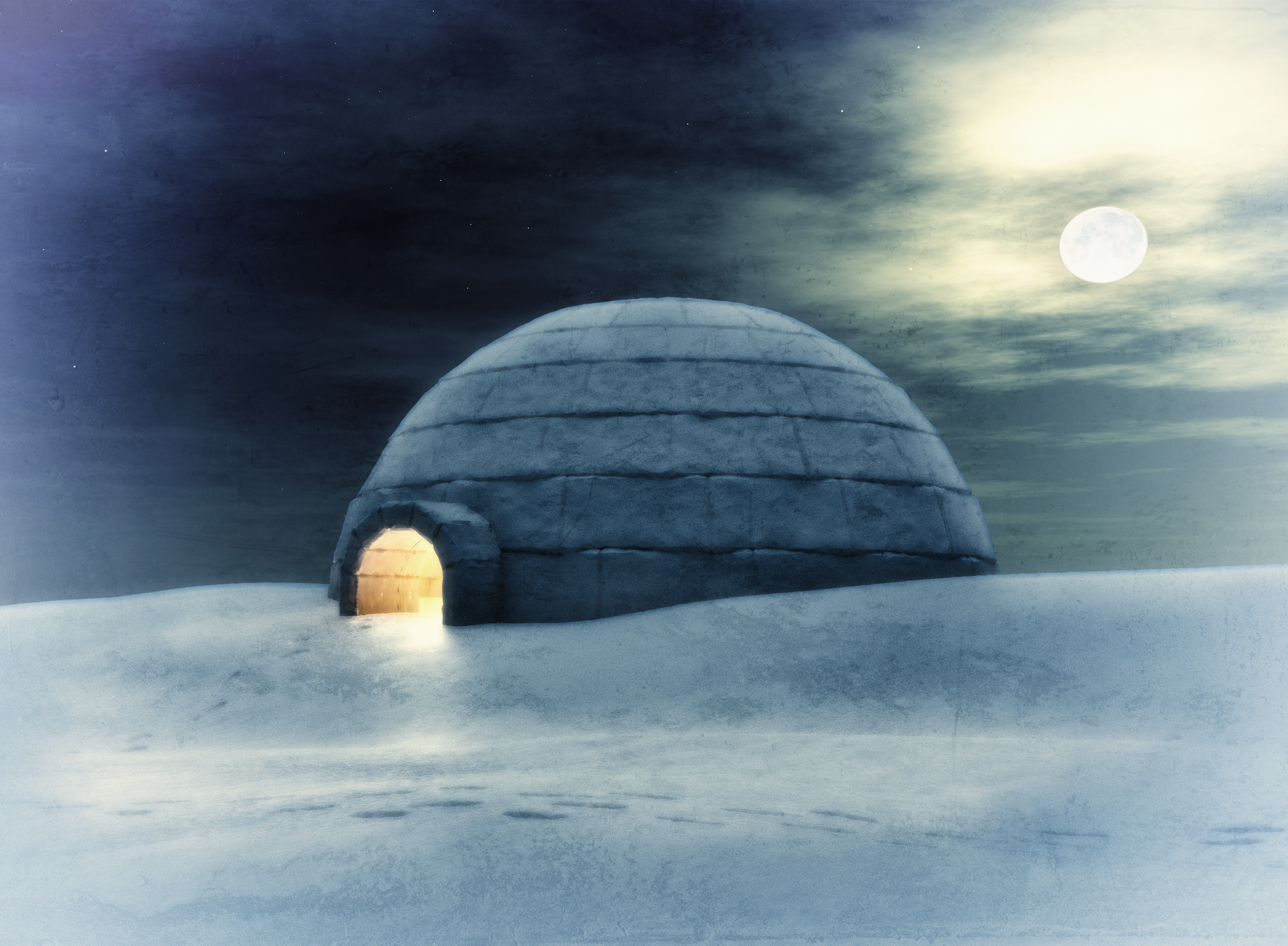
Follow us on Twitter @Spacedotcom and on Facebook.
Join our Space Forums to keep talking space on the latest missions, night sky and more! And if you have a news tip, correction or comment, let us know at: community@space.com.
Breaking space news, the latest updates on rocket launches, skywatching events and more!

Jeff Spry is an award-winning screenwriter and veteran freelance journalist covering TV, movies, video games, books, and comics. His work has appeared at SYFY Wire, Inverse, Collider, Bleeding Cool and elsewhere. Jeff lives in beautiful Bend, Oregon amid the ponderosa pines, classic muscle cars, a crypt of collector horror comics, and two loyal English Setters.
